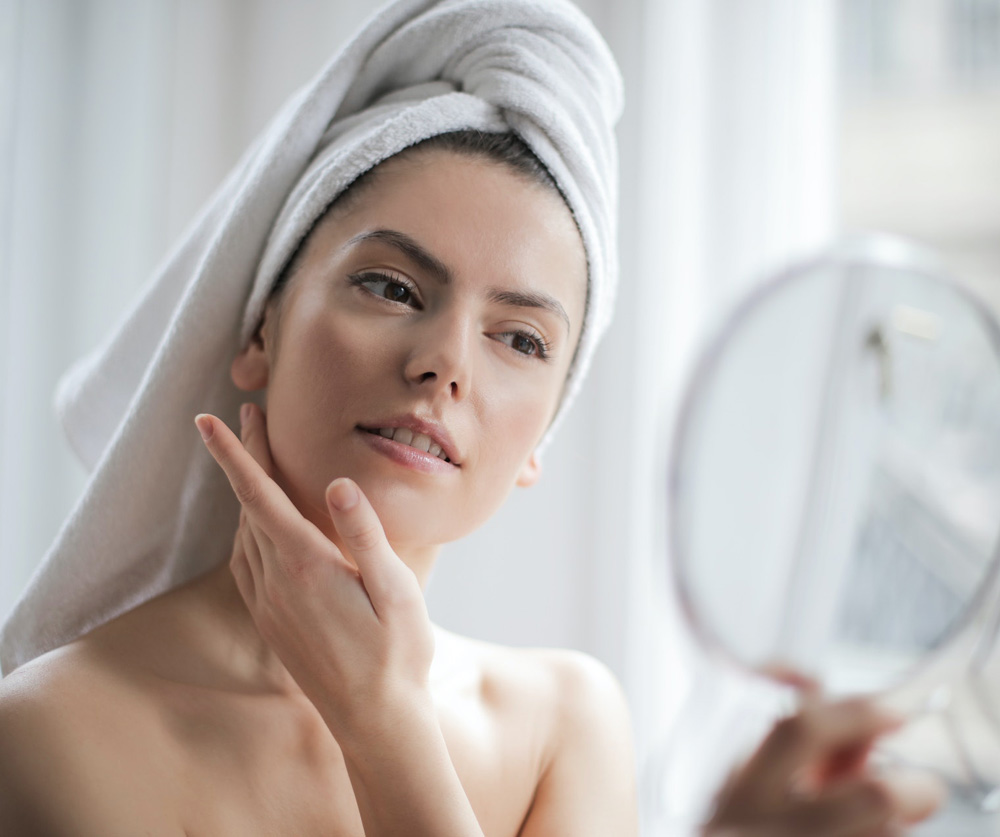Dermat Speak: To Steam or To Not Steam By Dr. Geetika Mittal Gupta
 Is facial steaming good for you? Find out what the experts say – Dr. Geetika Mittal Gupta, Founder & Medical Director at ISSAC Luxe, tells us how to do facial steaming right for your beauty needs and more.
Is facial steaming good for you? Find out what the experts say – Dr. Geetika Mittal Gupta, Founder & Medical Director at ISSAC Luxe, tells us how to do facial steaming right for your beauty needs and more.
I’m often asked if steaming is good or bad for the skin — Steam is actually really good for your skin! Because of the heat, blood vessels get dilated which improves the blood circulation, increasing the oxygen intake of your skin and making it healthier. Improved blood circulation promotes the formation of collagen and provides anti-ageing benefits for the skin. It also makes the skin healthier and cleans up the pores. Steaming is good for most skin types, however, if one has extremely sensitive skin, it is best to skip it.
HOW TO STEAM YOUR FACE RIGHT
It’s recommended you get it done from a skincare professional, but if you are doing it yourself, consider hanging out in a room with the door closed and your humidifier turned on. You can also use a face steamer and let the steam blow all over the face. Tie a headband to keep the hair away from your face. Fill the facial steamer with water and hold it a few inches from your face.
You could also try using a hot towel on your face for five relaxed minutes. You should only steam your face for 5-10 minutes. Steaming more than that can make your skin dry as it gets dehydrated. The best temperature for a steam room is between 110 and 115 degrees Fahrenheit.
If you’re using a face steamer, read the instructions carefully. Steam for 2 or 3 minutes at a time with a 1-minute break in between to see how your skin is handling the heat. The water should be warm not boiling. Steam your face once a week for the best results.
FACIAL STEAMING PRECAUTIONS
Be careful of these possible side effects and risks that may occur due to steaming. If you suffer from rosacea or dry sensitive skin, steaming the face would not be recommended. While steaming, the blood vessels dilate and further increase the redness on the face and worsen rosacea. People who have inflamed skin, eczema, or active acne should also avoid steaming their faces. Too much steaming causes dryness. To lower your risk of burns, avoid putting your face too close to the steam. Increase the distance as needed for you to be comfortable. Getting too close to the steam can lead to scars.
Always remember, before steaming your face, make sure your face is clean. Use a gentle cleanser with an exfoliator so your skin is ready to reap all the rewards of steaming. Also, drink plenty of water before exposing yourself to heat. Steam can naturally make you sweat, which can lead to dehydration if you’re not drinking enough water.
After steaming your face, your skin will be extra sensitive, so you don’t want to irritate it by rubbing with a towel, just pat dry. Apply a hydrating moisturizer or serum with ingredients like Hyaluronic Acid. You can also massage your face. Use your fingers to gently massage your forehead, cheeks, and neck using upward strokes.


